Yates Account
Join now
Create a Yates account today!
Sign up to join the Yates Garden Club for monthly e-mails packed with seasonal inspiration, tips for success & exclusive promotions.
Plus if you’re a Garden Club member you can take part in the Yates Growing Community - a blog to share successes, get advice & win prizes in fun challenges along the way!

Forgot password
Enter the email address associated with your account, and we'll email you a new password.

Home grown tomatoes are famously flavoursome when you grow your own. Now and again though, your tomato plants might run into a problem. Tomatoes have a handful of commonly-encountered issues - one of these will usually be the culprit. Read on for how to control them!
Dastardly Diseases:
- Some tomato pathogens live in the soil, so choose a different spot to plant out tomatoes each year (avoid planting in the same part of the garden for at least three years). If you don’t have enough space for this, think about growing your tomatoes in a pot or large polybag. Make certain pots are a minimum 40-50cm wide, so they don't dry out too fast in hot sun.
- Many tomato diseases are fungal. Fungi thrive in moist conditions and have evolved to spread their infectious spores in water splashes, so an obvious deterrent is to keep your tomato leaves as dry as possible. When watering, only apply water to the soil around the base of the plant. Water in the morning, so the leaves can dry quickly. Removing the lower leaves will also help; it keeps them out of harm's way from water splashing up from the soil, plus the extra airflow assists drying. Mulching around the base of the plant also helps suppress the spread of spores.
- Leaves that are distorted, yellow, or have black spots could be the symptoms of fungal Early Blight. Prevent by spraying regularly with Yates Liquid Copper. Remove affected plants immediately (bin or burn them), to stop blight spreading to other plants.

- Damp-looking rotted patches, followed by collapsing shrivelled leaves can indicate a Late Blight infection. Late blight isn't a fungus, it's a soil-borne oomycete, or water mould. However, late blight's behaviour is similar to a fungus so most of the prevention techniques are the same. Prevent late blight by spraying regularly with Yates Liquid Copper. Remove affected plants immediately, to stop blight spreading - once infected, plants won't fruit properly, so they aren't worth keeping.
- Small dark leaf spots that grow and spread into large blotches can be due to Septoria Leaf Spot. For this disease, apply Yates Copper Oxychloride as a preventative barrier, at 14 day intervals. Keeping plants dry (as mentioned above) will also help to discourage Septoria leaf spot.
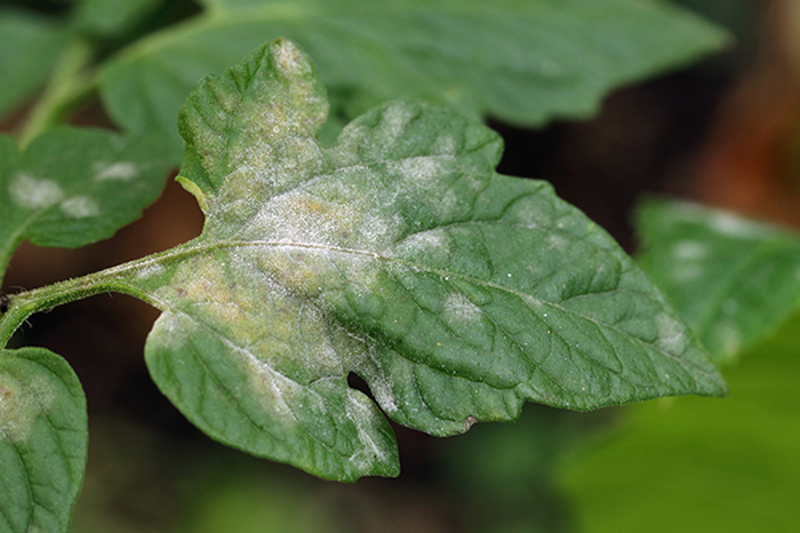
- Powdery mildew is a fungus that spreads a floury white or ashy-grey film over the upper and lower surfaces of leaves; it drastically reduces fruit quality and yield. Usually the older leaves are worst affected, becoming deformed and dying off. The fungus is most common when humidity is high, but rainfall is low, so watch out for spells of cloudy weather. Control powdery mildew with Yates Nature's Way Fungus Spray.
- When buying tomato plants or seeds, look for varieties that mention disease resistance. Tomatoes are particularly disease-prone in warm, humid climates, so wilt-resistant varieties such as Tomato Big Beef Hybrid and Tomato Roma are good choices for these areas.
- Some viral tomato diseases are spread by small sap-sucking insects, like psyllids and thrips. Watch out for these little horrors – even though they’re tiny they can be deadly virus carriers. Spray tomato leaves thoroughly with Yates Nature's Way Organic Citrus, Vegie & Ornamental Spray to prevent sucking insects from infecting them with viruses.

Temporary leaf curl can be due to environmental stress, but if the curling is persistent it could be Psyllid damage
Irritating Insects
- Tomato Fruitworm caterpillars chew holes into the tomato fruit and ruin it. Yates Success Ultra will control and deter them, along with any caterpillars on the leaves.
- The Tomato-Potato Psyllid loves tomatoes, especially weakened or unhealthy plants. Psyllids damage plants by piercing and sucking sap from the leaves, with devastating effects on stressed plant hosts, including tiny, inedible fruit at harvest time. These psyllids also infect plants with bacterial disease while they feed (Liberibacter disease is the cause of disfiguring 'zebra chip' disease in potatoes). Symptoms include stunted growth, wilted leaves or residue on leaves that looks like sugar crystals. Control psyllids with Yates Success Ultra concentrate.
- Whitefly suck the sap from tomato plants, suppressing growth and reducing crop yields. Whitefly is very difficult to control due to its unique life cycle - it's best to use two different insecticides and alternate them, in overlapping applications. Don't be tempted to shorten the spray intervals of any of our whitefly control products (always stick to the instructions) because whitefly can build up chemical resistance very quickly. Find out more here.
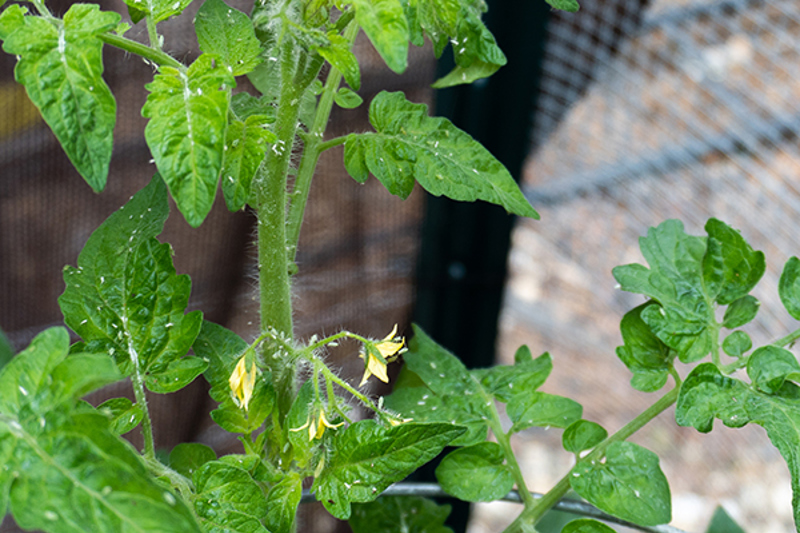
Nutritional Necessities
- Prevent blossom end rot – sunken rotted-looking areas at the base of the fruit – by applying lime or gypsum before planting. Water regularly and mulch plants to avoid fluctuations in soil temperature and moisture.
- Well-fed plants are better able to resist pests and diseases. Feed regularly with Yates Thrive Tomato Granular Plant Food.

- Finally – if all else fails – grow cherry tomatoes. They don’t seem to be troubled by much!


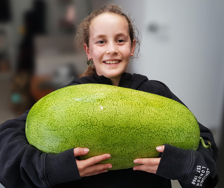
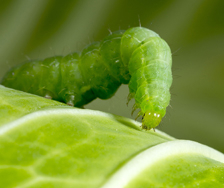
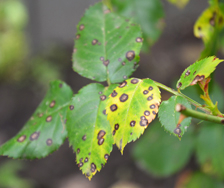
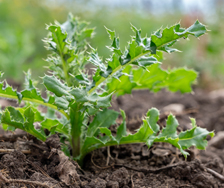











Share
Share this article on social media